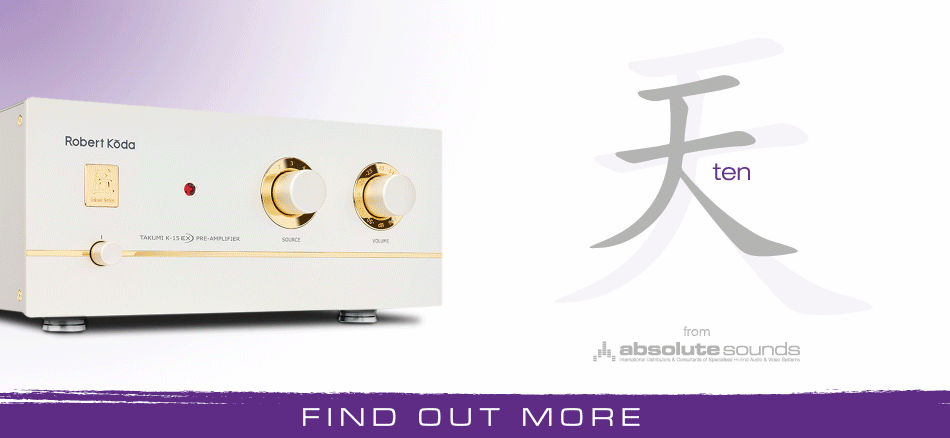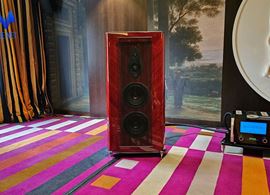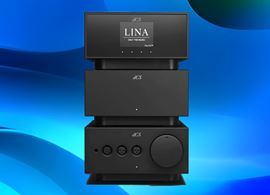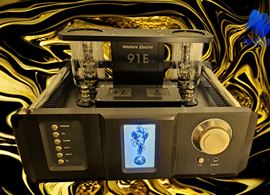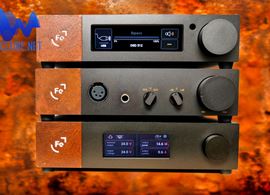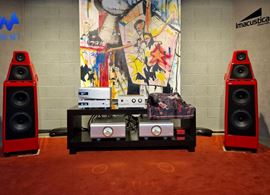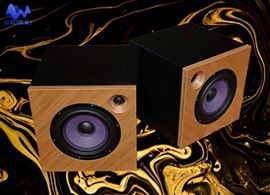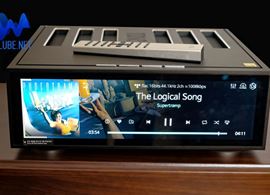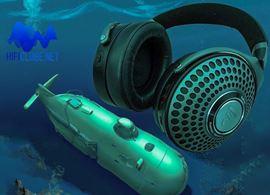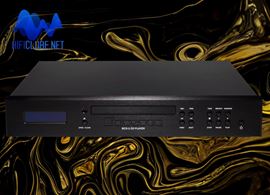The 607 S3 is the most affordable model in Bowers & Wilkins’ entry-level 600 Series and the best way to get a B&W speaker without having to pay the price associated with the brand's prestige models.
Of course, the 607 S3 does not have the same luxury and sound quality as the new 800 D4 line of speakers. But you get what you pay for. And for 800 euros (I've seen them on sale at JLM for 680 euros), you can't ask for much more, both in terms of construction and design (drivers and crossovers).
Competition is fierce; that’s why most brands (including B&W) have moved production to Asia to reduce costs and thus serve a wider range of the market. A product of this quality would cost at least twice as much if it were made in Worthing, as is still the case with the Nautilus and the 800 D4 Series models.
However, a price of 800 euros is still a considerable financial effort for the youngsters living in small rooms, who are the main target group here.
The price of the 607 S3 has risen by around 100 euros compared to its predecessor, the 607 S2 Anniversary. This model was a sales success, despite the critics correctly pointing out that it had too much treble and lacked inner balance.
Criticism and reality
Audio criticism is not different from film criticism, where a select group of scribes paid by the word criticise action movies that young people enjoy watching while praising complex and tedious films for middle-aged intellectuals.
No one can accuse the 'directors' at Bower & Wilkins of not knowing how to make good-sounding speakers because they were the ones who 'directed' Nautilus and its sequels. They have plenty of ideas and expertise. It's all just a question of budget and priorities. And at B&W, they know what young people like to hear and can afford.
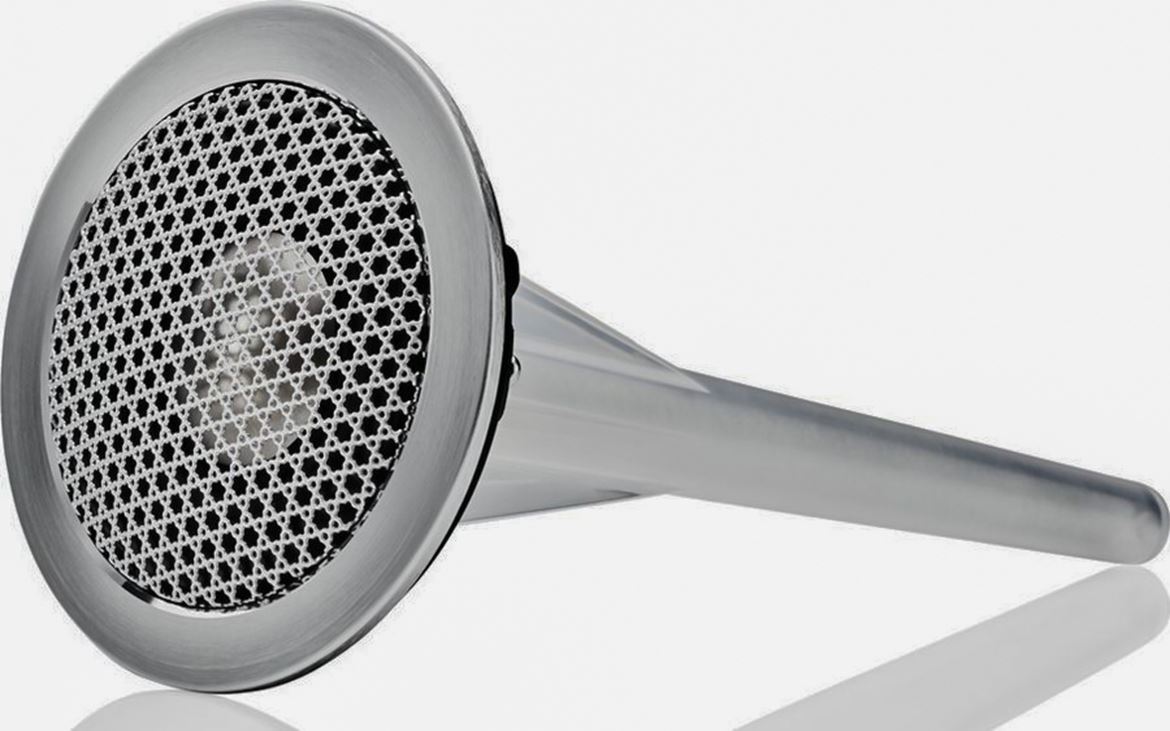
The titanium tweeter also has a longer charge tube. (Photo courtesy of B&W)
In medio virtus
The 607 S3 still has the 'twinkle in the eye' that characterises the B&W 600 Series sound. However, the use of a titanium tweeter produces a sweeter sound compared to aluminium, while the longer charge tube, which took inspiration from the Nautilus, helps to reduce internal resonances by more effectively absorbing the back wave.
The overall sound is better integrated because the mid-bass driver (13 cm Continuum with reinforced motor) and the tweeter (double dome with titanium diaphragm and ring, for the first time in eight generations) are now mounted so close to each other as to even overlap slightly.
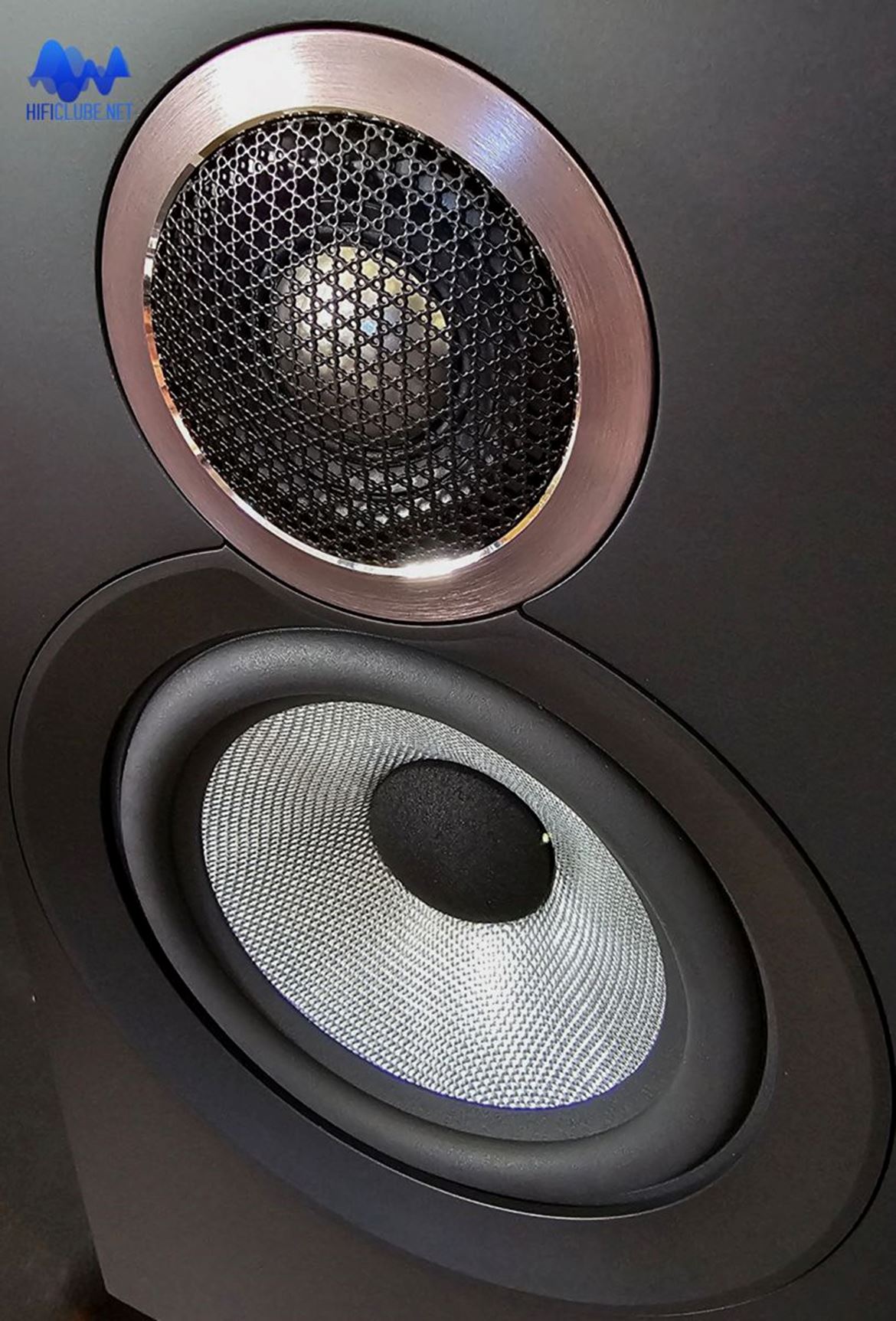
The tweeter and the mid-bass driver are now mounted so close to each other as to even overlap slightly.
The longer bass port duct also boasts a better response (avoid placing them too close to the wall to prevent a mild boominess). The 607 S3 has more 'bass' than you'd expect from such a small cabinet, and the midrange now has more presence, body, and attack.
More bass often means more cabinet vibrations. This is why B&W has reinforced the internal bracing, although this isn't crucial for a speaker measuring 30 x 16.5 x 20.7 cm.
The nickel-plated binding posts are now side by side to facilitate bi-wiring (don't forget to remove the shunts), and the crossover components are also of better quality, more than justifying the £100 price increase.
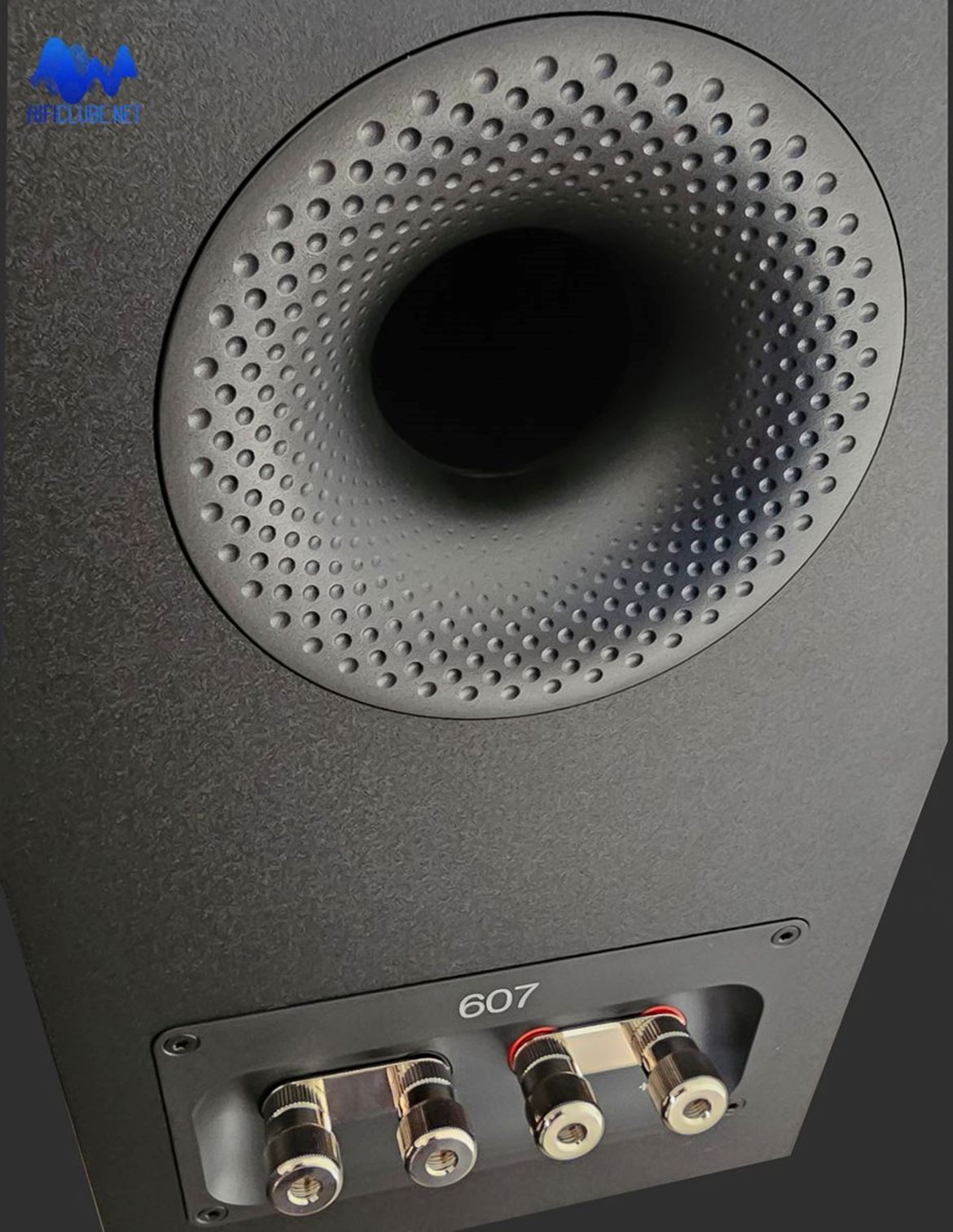
The longer bass port duct boasts a better response. And the nickel-plated binding posts are now side by side to facilitate bi-wiring.
Action movie
The 607 S2 had perhaps too much action going on at the top end of the sound spectrum and sounded too lively. But that's how young people like to listen to music, having been brought up with the sound of IEMs and smartphones. My generation, on the other hand, listened to BBC sound, which emphasised the mids rather than the treble and bass.
As too often happens in politics, 'centre-moderate' swing voters help win elections. Perhaps that's why the new 607 S3 has a more balanced sound that appeals to both the young radicals and the not-so-young conservatives with a more moderate taste.
Featherweight
I am used to listening to high-calibre speakers (in terms of weight, size, and price), and the 607 S3 are among the 'featherweights' (they weigh less than 5kg each), but I liked the sleek design and the matte black finish, including the grille, which I never use. You can also opt for white or a natural wood colour (oak) with a lovely contrasting grey front panel.
The nominal impedance is 8 ohms but drops to less than 3 ohms at 200 Hz, and the sensitivity is relatively low at 84 dB. To improve the tonal balance, the impedance had to be lowered (to boost the bass) and the sensitivity too (to tame the tweeter), so they should be paired with an amplifier with a good current capacity, not necessarily more watts.
I no longer have here the delightful Musical Fidelity A1, with its very British mellow Class A accent, but I have the petite Naim NAIT 50th Anniversary, and they really enjoyed the company of the legendary compatriot. Yet, the Korean and more powerful HiFi Rose RS520 also did a good job of powering the 607 S3. A NAD or a Marantz in the same price range would work just as well, I bet.
The sound is lively, open, dynamic, very transparent and informative, and has a surprising attack.
The B&W 607 S3 aren’t 'audiophile speakers' in an orthodox sense, such as the Sf Concertino (original) that I have here. But they are more modern both in design and sound, which is lively, open, dynamic, very informative, transparent, and with a surprising attack for such a small speaker.
Of course, they are limited by the laws of physics in terms of bass extension (52 Hz - 6dB, relative to 200 Hz) and maximum possible SPL. The port is tuned to emphasise the bass, thus compensating for the liveliness of the tweeter. However, if you push them hard, the piano sound might harden a bit. Not to worry. If nothing else, the sound is never dull.
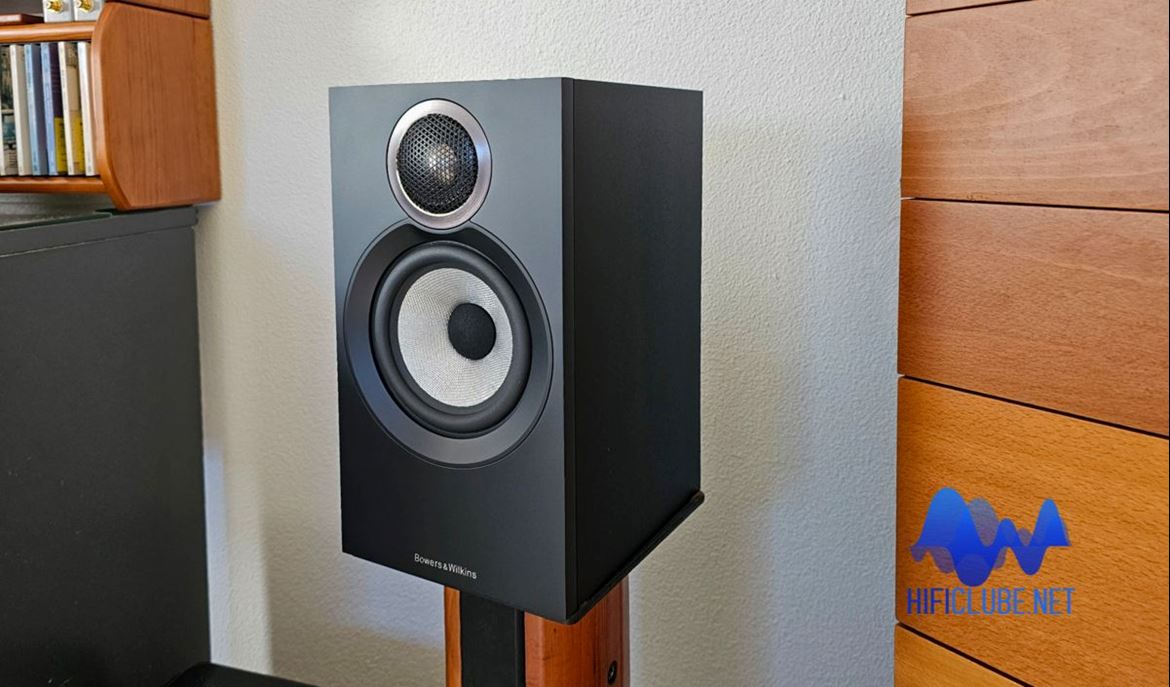
Forget the size: listen in the dark, and you could be fooled.
You Got Me, baby!
Adam Naas' vocals on You Should Know (Brothers and Sisters) didn't sound with the same texture and timbre I'm used to but they nailed the soulful rhythm well, emphasised by the percussion and lively, scintillating metal accents.
You Got Me, by Colbie Caillat, lived up to its title, lulling me into a pop mood with hints of country music and a melodic interplay of voice, guitars, and drums setting the beat over a pretty solid bass foundation.
And just when I thought that the bass had a ‘one-note' character, Inge Marie Gundersen came to the rescue by asking what was on my mind: Will You Still Love Me Tomorrow? On this track, the piano, drums, and bass suddenly sounded well-defined and articulated. I think that if you buy it today, you’ll still love the 607 S3 tomorrow.
Next, I went for A Walk on the Wild Side with Lou Reed, watched Another One Bites the Dust by the Queen, and closed with Fifty Ways to Leave Your Lover by Paul Simon (Boy, just listen to those drums!). Was it you who asked for a good sense of rhythm?
Don't forget that although the 607 S3s were used here as the main stereo pair, they’re ultimately designed as rear satellites of a 600 Series multichannel system. So don't expect them to behave like floor-standing, full-range speakers. But listen in the dark, and you could be fooled.
There are many speakers on the market today that compete with the 607 S3, so I recommend doing a listening comparison before you buy. But if the B&W brand is important to you and your budget doesn't exceed 1000 euros, this is it!
For more information, contact Sound United.

